
Swansea is a coastal city and the second-largest city of Wales. It forms a principal area, officially known as the City and County of Swansea.
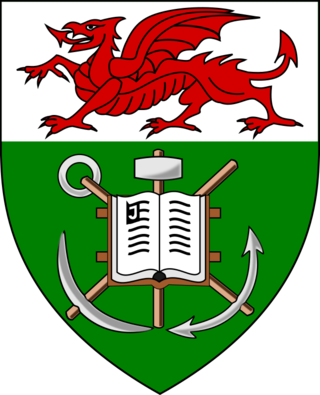
Swansea University is a public research university located in Swansea, Wales, United Kingdom. It was chartered as University College of Swansea in 1920, as the fourth college of the University of Wales. In 1996, it changed its name to the University of Wales Swansea following structural changes within the University of Wales. The title of Swansea University was formally adopted on 1 September 2007 when the University of Wales became a non-membership confederal institution and the former members became universities in their own right.

The Royal Institution of Great Britain is an organisation for scientific education and research, based in the City of Westminster. It was founded in 1799 by the leading British scientists of the age, including Henry Cavendish and its first president, George Finch. Its foundational principles were diffusing the knowledge of, and facilitating the general introduction of useful mechanical inventions and improvements, as well as enhancing the application of science to the common purposes of life.
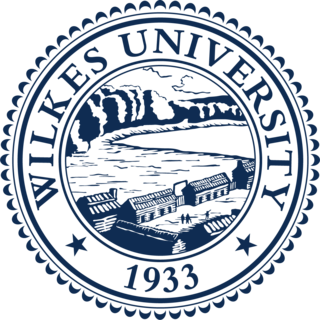
Wilkes University is a private university in Wilkes-Barre, Pennsylvania. It has over 2,200 undergraduates and over 2,200 graduate students. Wilkes was founded in 1933 as a satellite campus of Bucknell University, and became an independent institution in 1947, naming itself Wilkes College, after English radical politician John Wilkes after whom Wilkes-Barre is named. The school was granted university status in January 1990. It is classified among "Doctoral/Professional Universities" and accredited by the Middle States Commission on Higher Education.

The University of Sunderland is a public research university located in Sunderland in the North East of England. Its predecessor, Sunderland Technical College, was established as a municipal training college in 1901. It gained university status in 1992. It now has campuses in Sunderland, London and Hong Kong, and has about 20,000 students.
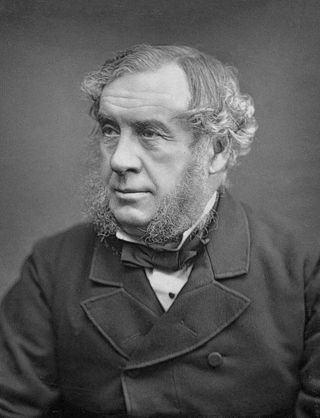
Sir William Robert Grove, FRS FRSE was a Welsh judge and physical scientist. He anticipated the general theory of the conservation of energy, and was a pioneer of fuel cell technology. He invented the Grove voltaic cell.
The Manchester Literary and Philosophical Society, popularly known as the Lit. & Phil., is one of the oldest learned societies in the United Kingdom and second oldest provincial learned society.

Sir Robert John Kane was an Irish chemist and educator.
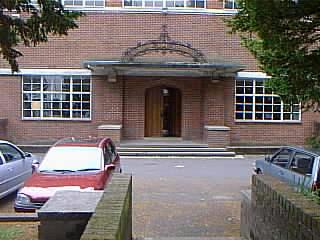
The Bishop Gore School is a secondary school in Swansea in Wales, founded on 14 September 1682 by Hugh Gore (1613–1691), Bishop of Waterford and Lismore. It is situated in Sketty, close to Singleton Park and Swansea University. In December 2013 the school was ranked in the second highest of five bands by the Welsh Government, based on performance in exams, value added performance, disadvantaged pupils' performance, and attendance.
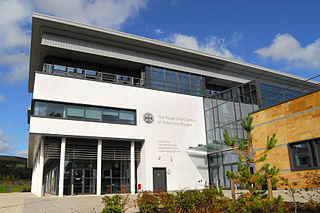
The Royal (Dick) School of Veterinary Studies, commonly referred to as the Dick Vet, is the veterinary school of the University of Edinburgh in Scotland and part of the College of Medicine and Veterinary Medicine the head of which is David Argyle. Dylan Clements has been Dean and Interim Head of School since May 2023.

Igbinedion University, Okada (IUO) is a privately owned university in Nigeria. It was founded and established on 10 May 1999, following the Certificate of approval by the Federal Government of Nigeria with the Certificate No. 001. Thus, Igbinedion University became the first licensed Private University in Nigeria, and the foundation students arrived at Okada on Friday, 15 October 1999. The University is located at Okada, headquarters of Ovia North-East Local Government Area, Edo State.

The Royal Institution of South Wales is a Welsh learned society founded by George Grant Francis in Swansea in 1835.

The University of Wales Trinity Saint David is a multi-campus university with three main campuses in South West Wales, in Carmarthen, Lampeter and Swansea, a fourth campus in London, England, and learning centres in Cardiff, Wales, and Birmingham, England.
Sir John Ivan George Cadogan was a British organic chemist.
Sir Frank Hartley was a pharmacist who became Dean of the School of Pharmacy, University of London (1962–76) and later Vice-Chancellor of the university from 1976–78.
Vitaliy Khutoryanskiy FRSC is a British and Kazakhstani scientist, Professor of Formulation Science and Royal Society Industry Fellow at the University of Reading. His research focuses on polymers, biomaterials, nanomaterials, drug delivery and pharmaceutical sciences. Khutoryanskiy has published over 200 original research articles, book chapters and reviews; his publications have attracted > 10000 citations and his current h-index is 48:. He received several prestigious awards in recognition for his research in polymers, colloids and drug delivery and also for contributions to research peer-review and mentoring of early career researchers. He holds several honorary professorship titles from different universities.

Joseph E. Coates, OBE was a physical chemist and academic. He was the first Professor of chemistry and head of the department of Swansea University.
The South Wales West Local Section is one of 35 local sections of the Royal Society of Chemistry in the UK and Ireland. It covers an area including the Local Authority areas of Bridgend, Carmarthenshire, Neath Port Talbot, Pembrokeshire and Swansea.
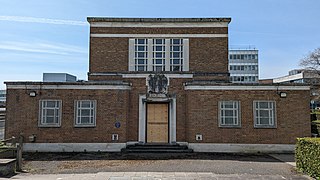
The 1937 Library is a Grade II-listed Modern Movement library at Swansea University, Wales. It was built in the 1930s.
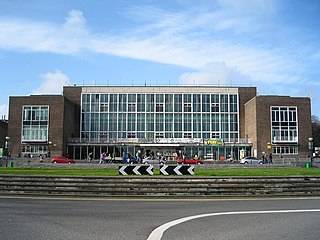
Fulton House is a Garde-II listed Swansea University building in Singleton Park, Swansea.


















